The first meeting of the Wayland Futures Team might be just another committee meeting, to be heard of then forgotten about, rather than immortalized on the pages of WSPN or The Last Word. Students would never know of what went on at the Town Building January 8th and 9th if the event wasn’t covered by WSPN.
Luckily for you, the event was covered by WSPN, so you, our dear reader, can look here for the full story.
At a building committee meeting, you would imagine that there would be an awful lot of discussion of the building itself. That’s not exactly the case for the Futures Team. In fact, on Thursday and Friday we had precious few discussions of the actual building itself.
Instead, we talked about education and learning, and what helps students learn. It makes sense: Before we even start planning the school’s physical plant, we have to know what kind of thing we’re dealing with. Education has changed a lot since Wayland School was originally built (that’s 1960, for you history buffs). Believe it or not, our school was considered progressive and innovative in the ’60s. But it doesn’t take a WHS graduate to know that innovative in the ’60s does not equal innovative in the 21st century.
Many other schools are trying new and different concepts, from student desks and offices, to breakout areas for classes, to hallways that double as libraries. Lines between classically distinct subjects are blending (we used the buzzword “interdisciplinary” often), while our present school consists almost entirely of small classrooms with huge divisions between the offices.
You don’t need to see a list of problems with our school – there are many. But as the Futures Team looked at other “Role Model” schools, the differences between them and us became very apparent.
The meeting dealt, on the whole, with ideals. We discussed success and a successful student, and out of a whole room of school administrators and teachers (among other people) none of them selected “gets good grades” as the mark of success. To be fair, that is what colleges are looking for, and Wayland is known for getting kids into college; it might be difficult to plan a building for the real world if we continue to discuss the “ideal world.”
So where do we stand now? Well, if everything went smoothly and there were no problems with town and state clearance, the school could be done in two and one-half years. That is a very optimistic estimate, and three and one-half years would probably be closer to reality. Of course, if the school designs are shot down at the town level as were those in 2005, the project won’t get any further off the ground.
The next Futures Team meeting will take place on the Thursday of mid-terms, and yes, WSPN will be there to keep you, our dear reader, informed of any new developments as soon as they occur.

![During the WHS club fair, senior Molly Bergeron is watching a student sign up for her club, Eliza J. Norton Foundation. In this club, students meet every week and come up with ideas to spread the message. "[This club] really touches a lot of people in the town," Bergeron said.](https://waylandstudentpress.com/wp-content/uploads/2025/10/IMG_1335-1200x800.jpg)
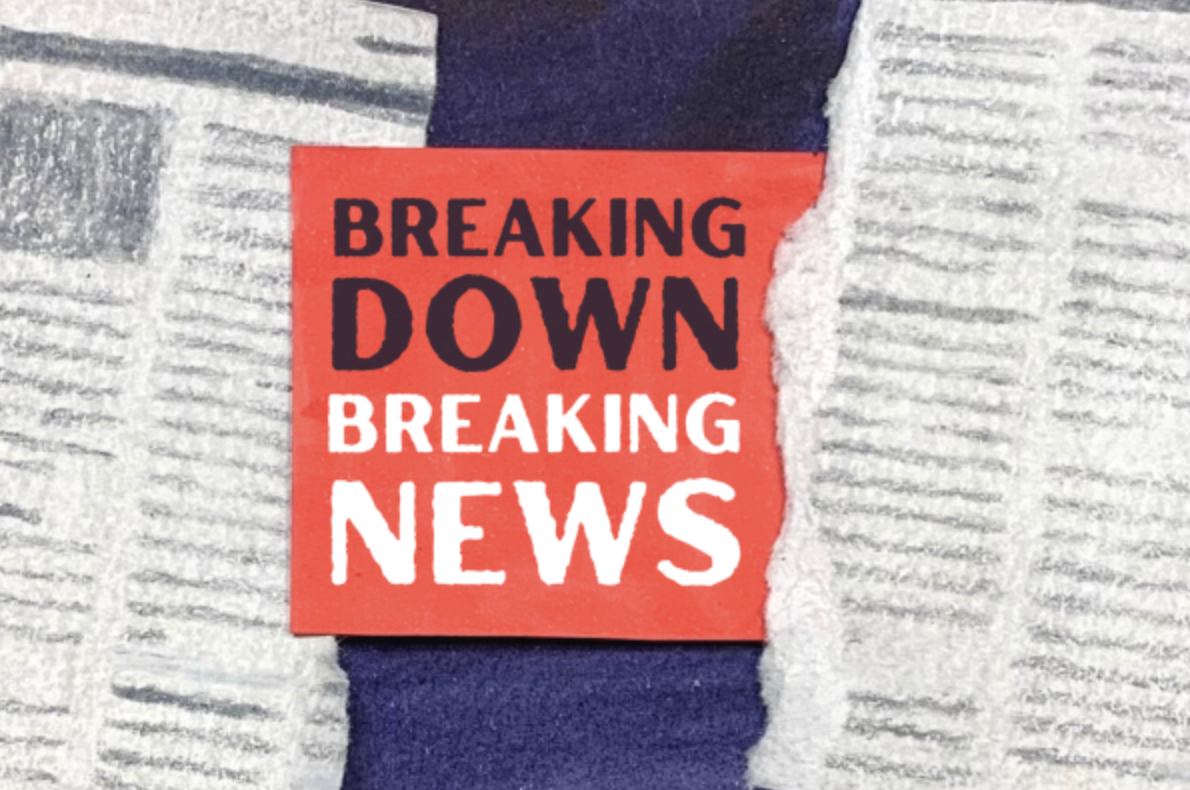
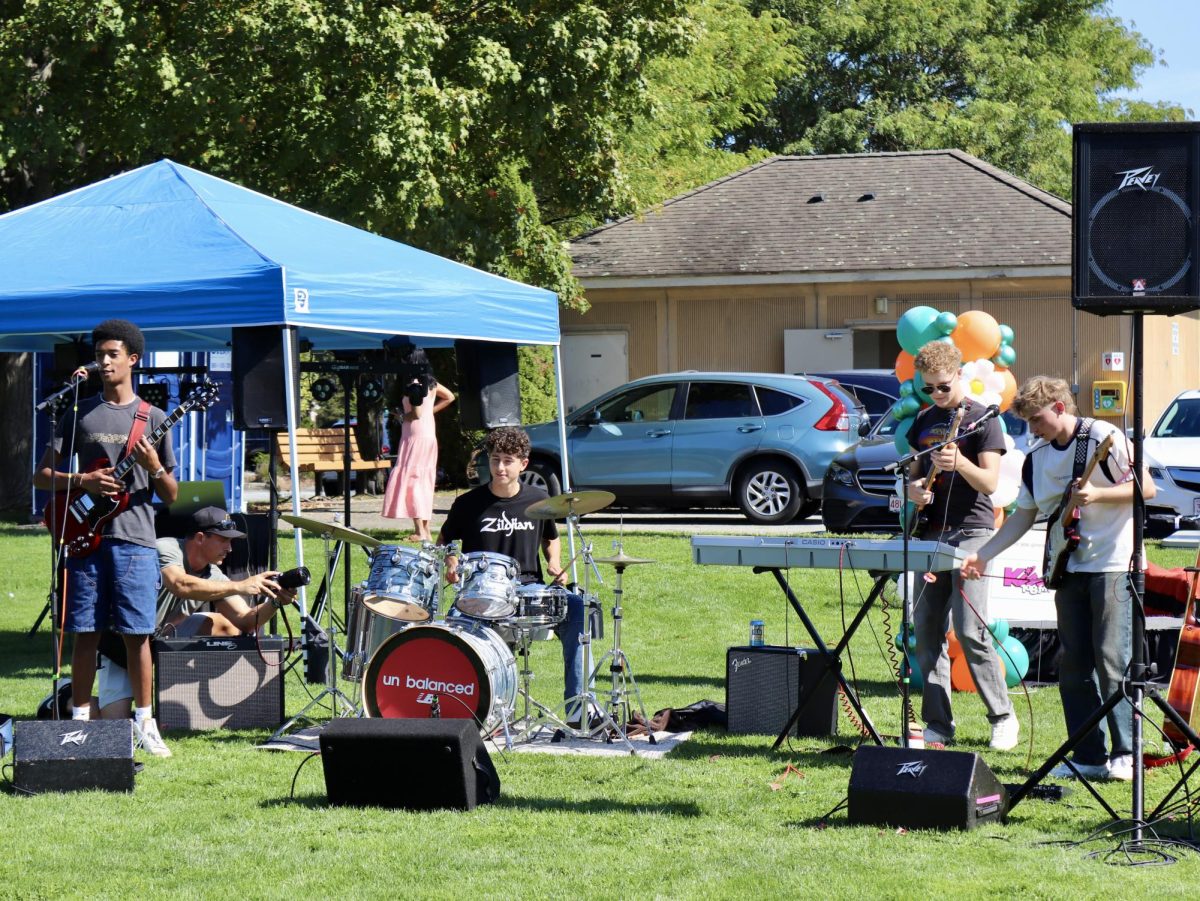

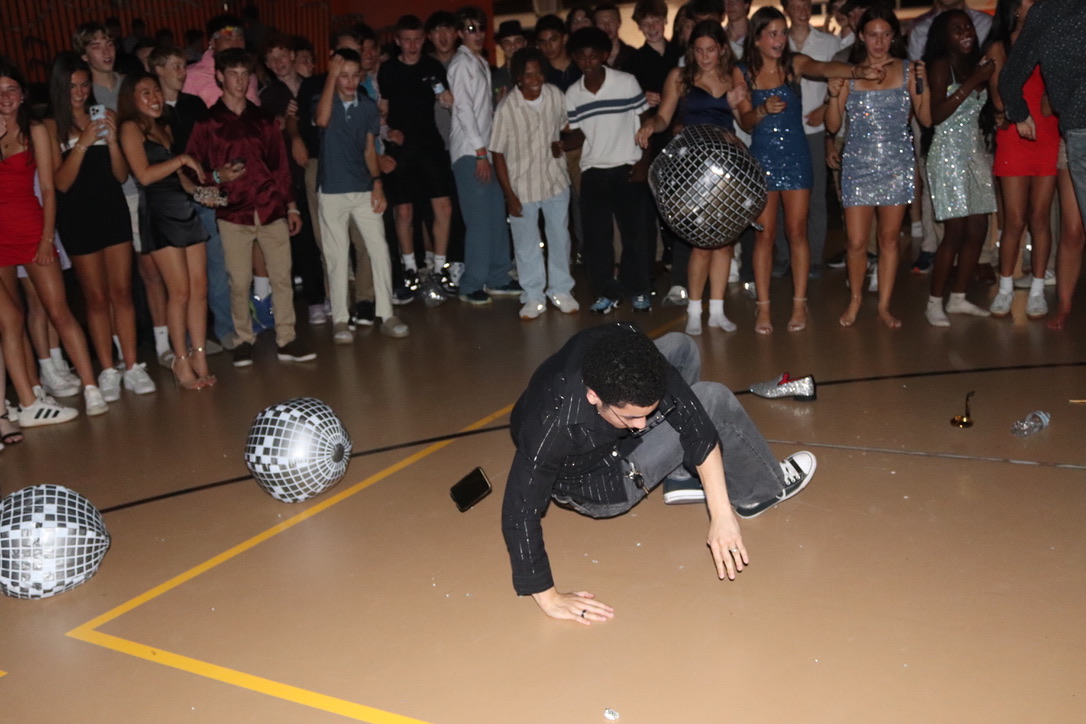







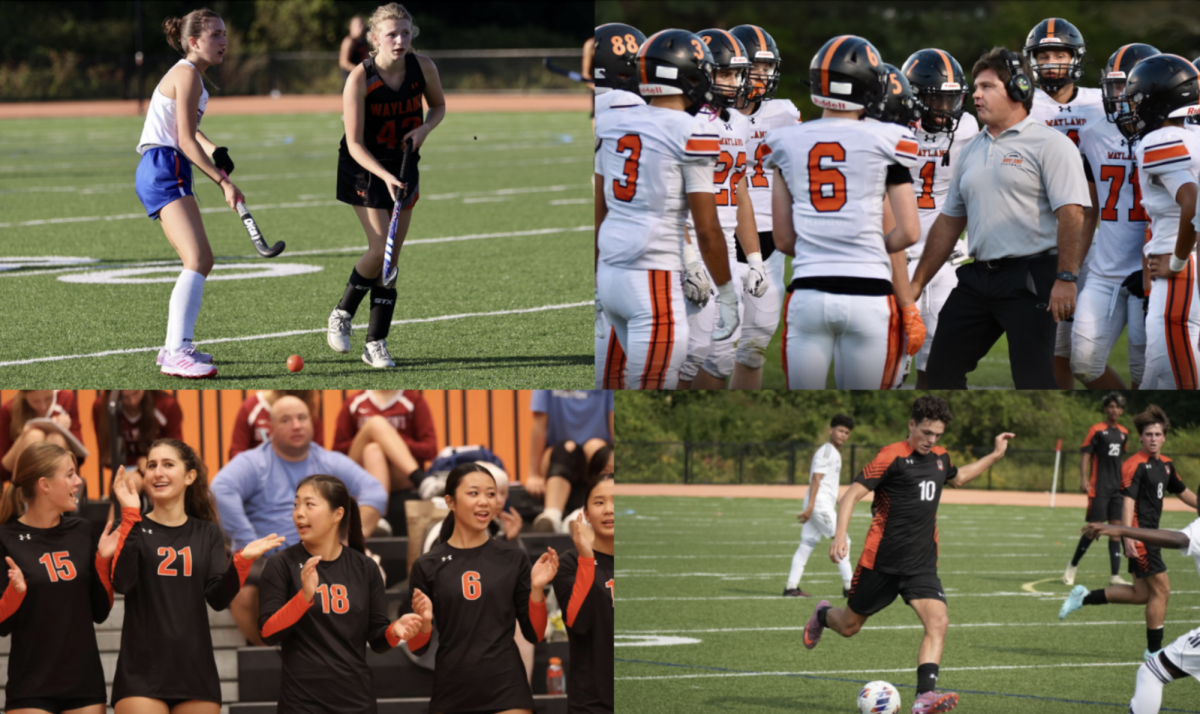
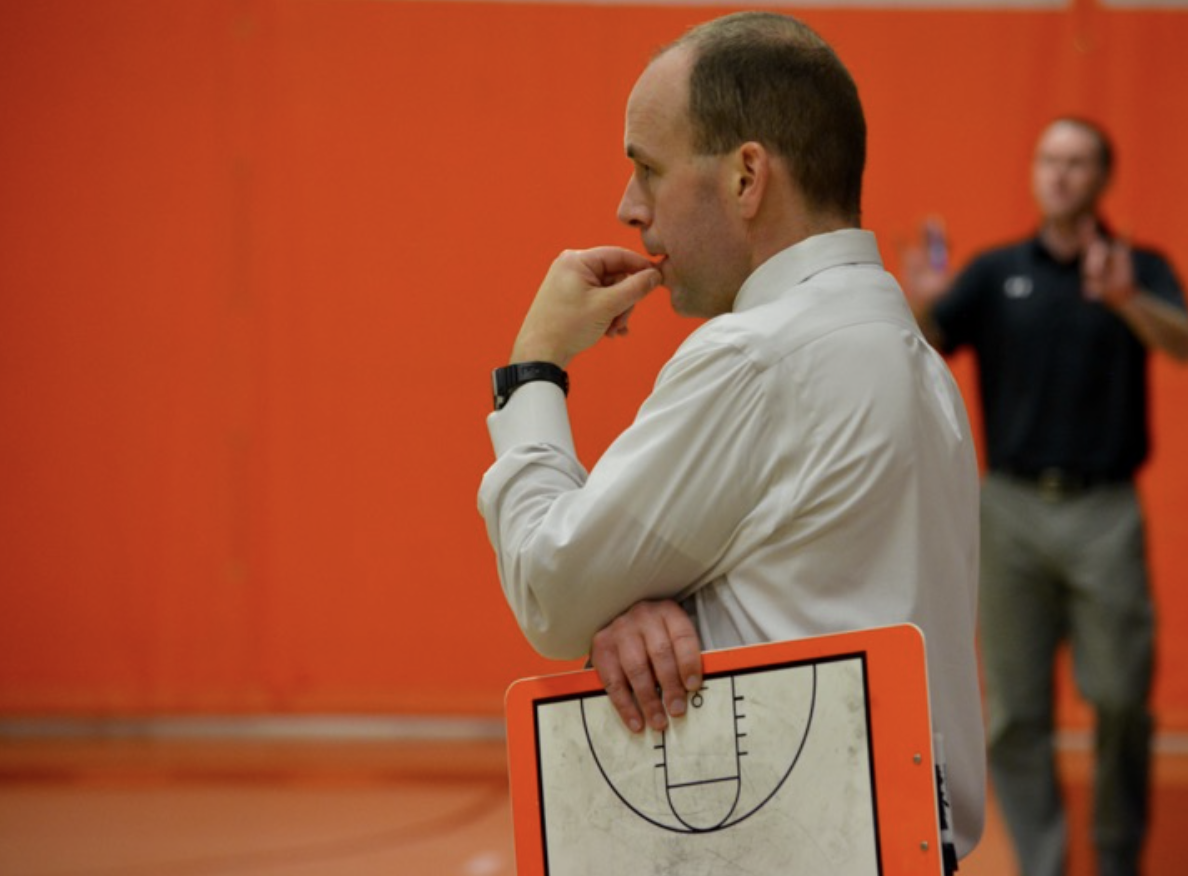
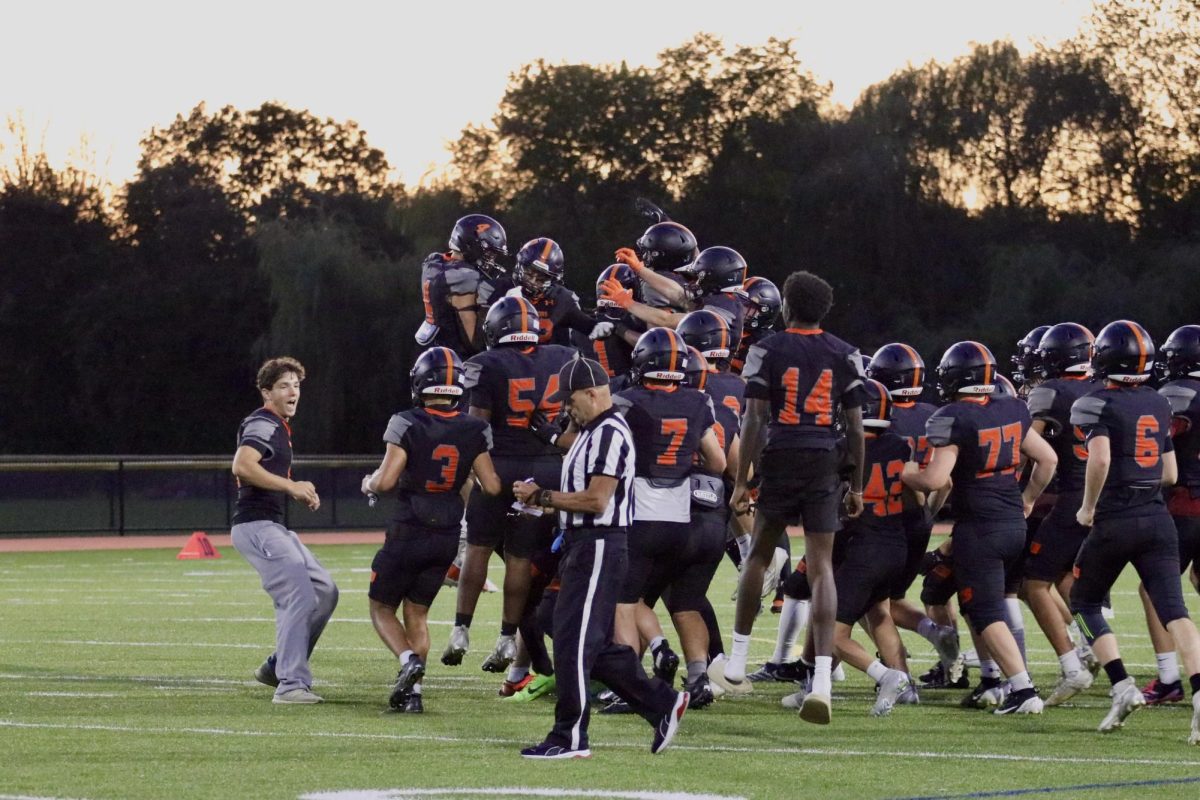







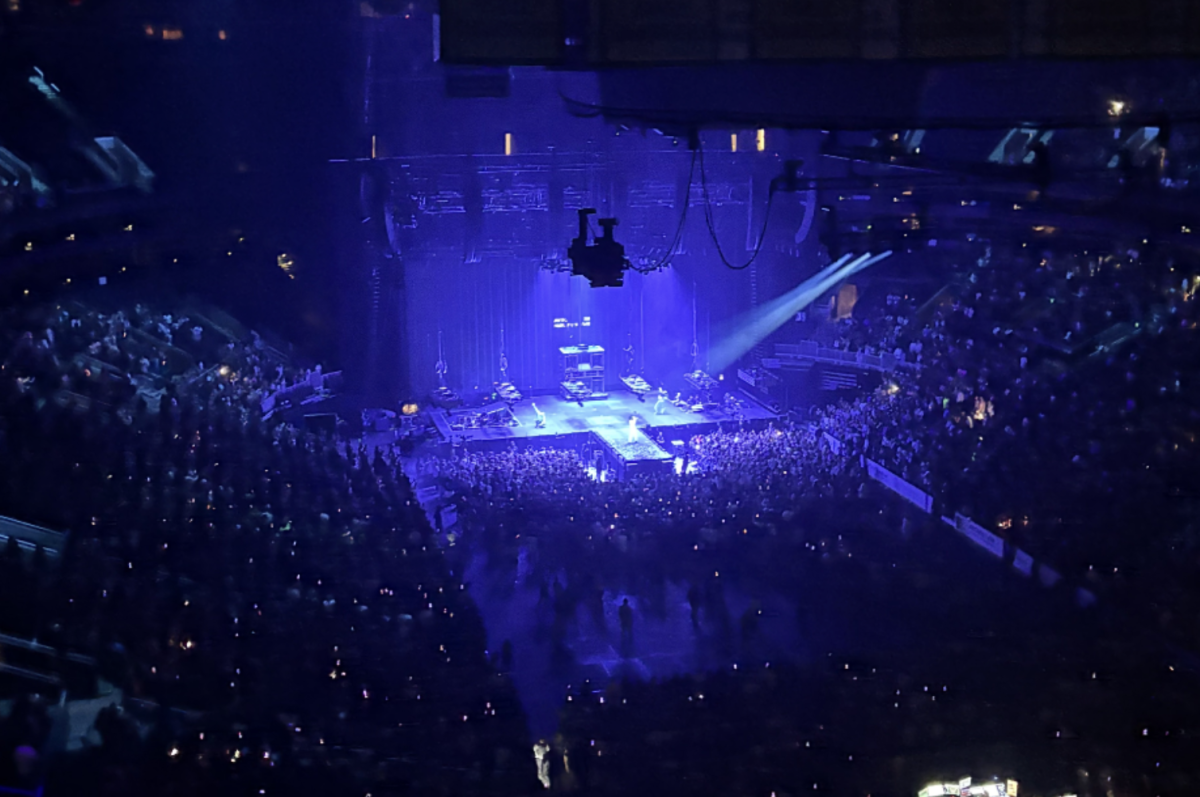




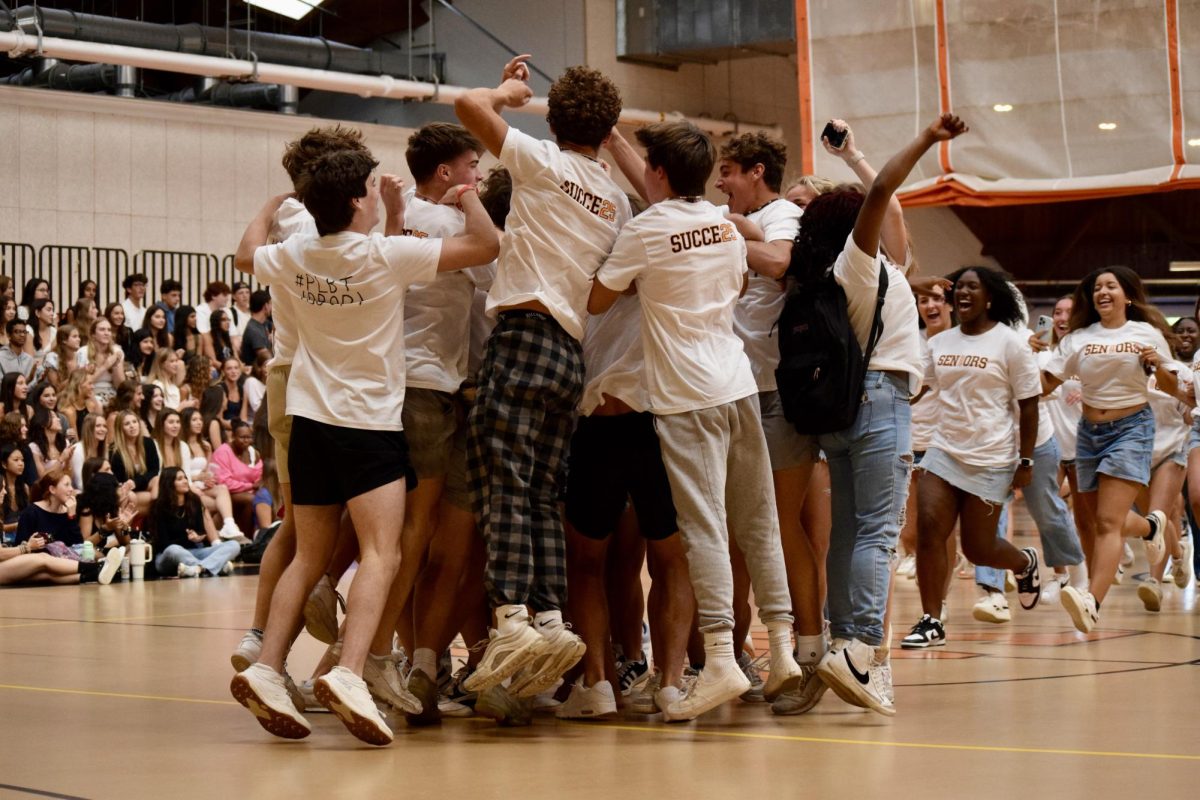


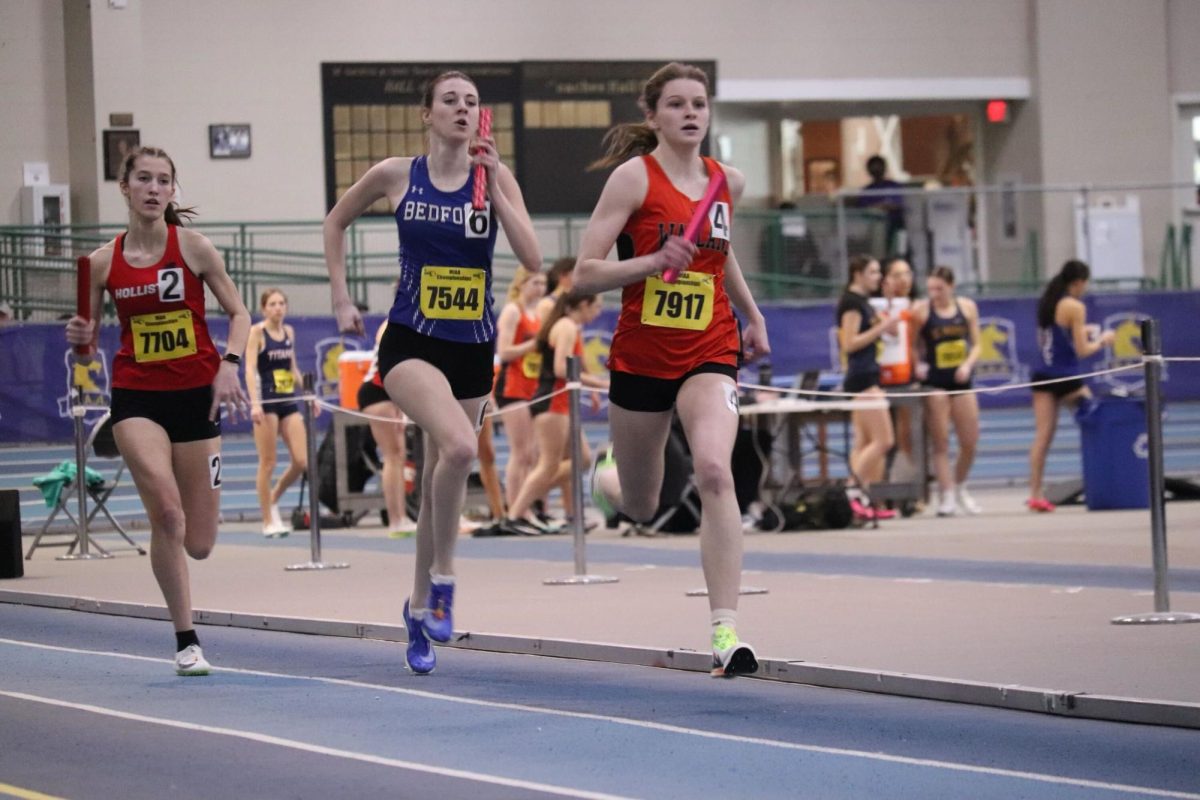
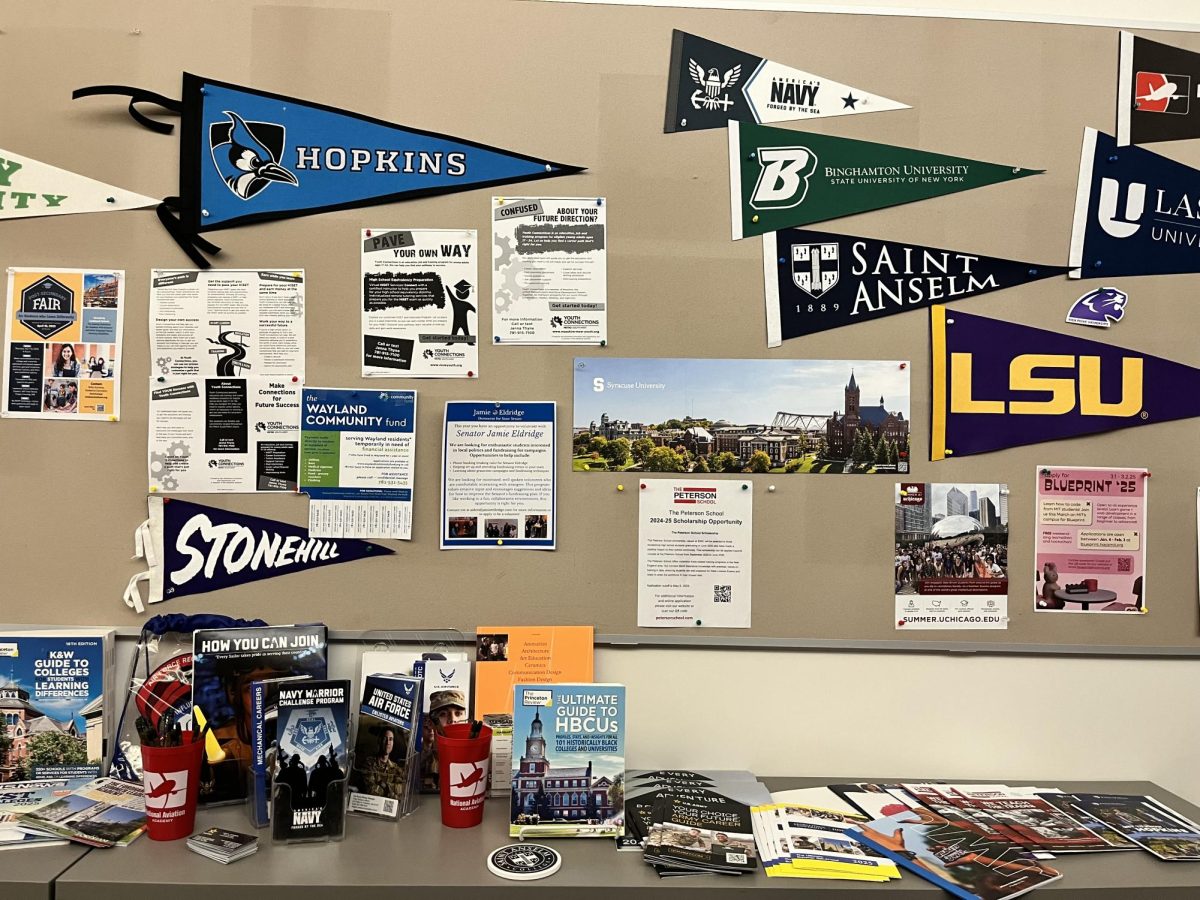
Andrew B. • Jan 26, 2009 at 10:55 AM
Yeah, let me get back to you… the architect is sending us the notes from that meeting with details.
To clarify, though, they’re not necessarily schools that we want to be like – they’re just schools that the architect happens to like (and that I personally do as well, but that doesn’t matter).
excuse me... • Jan 23, 2009 at 5:10 PM
can you tell us the names of some of these “role model schools”?